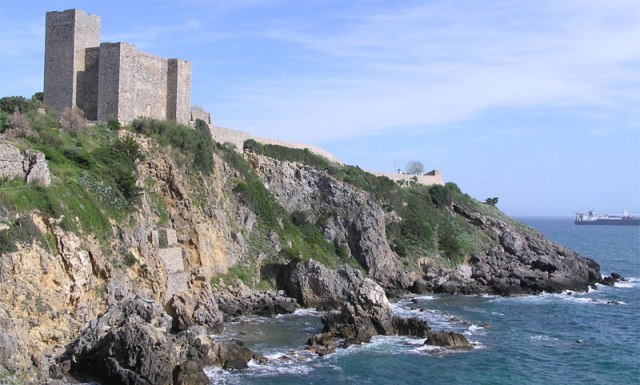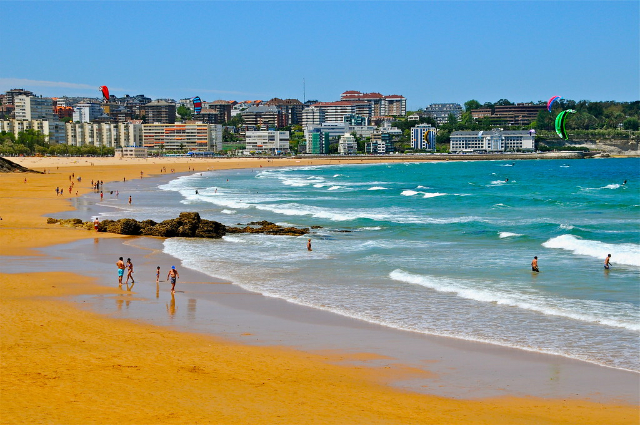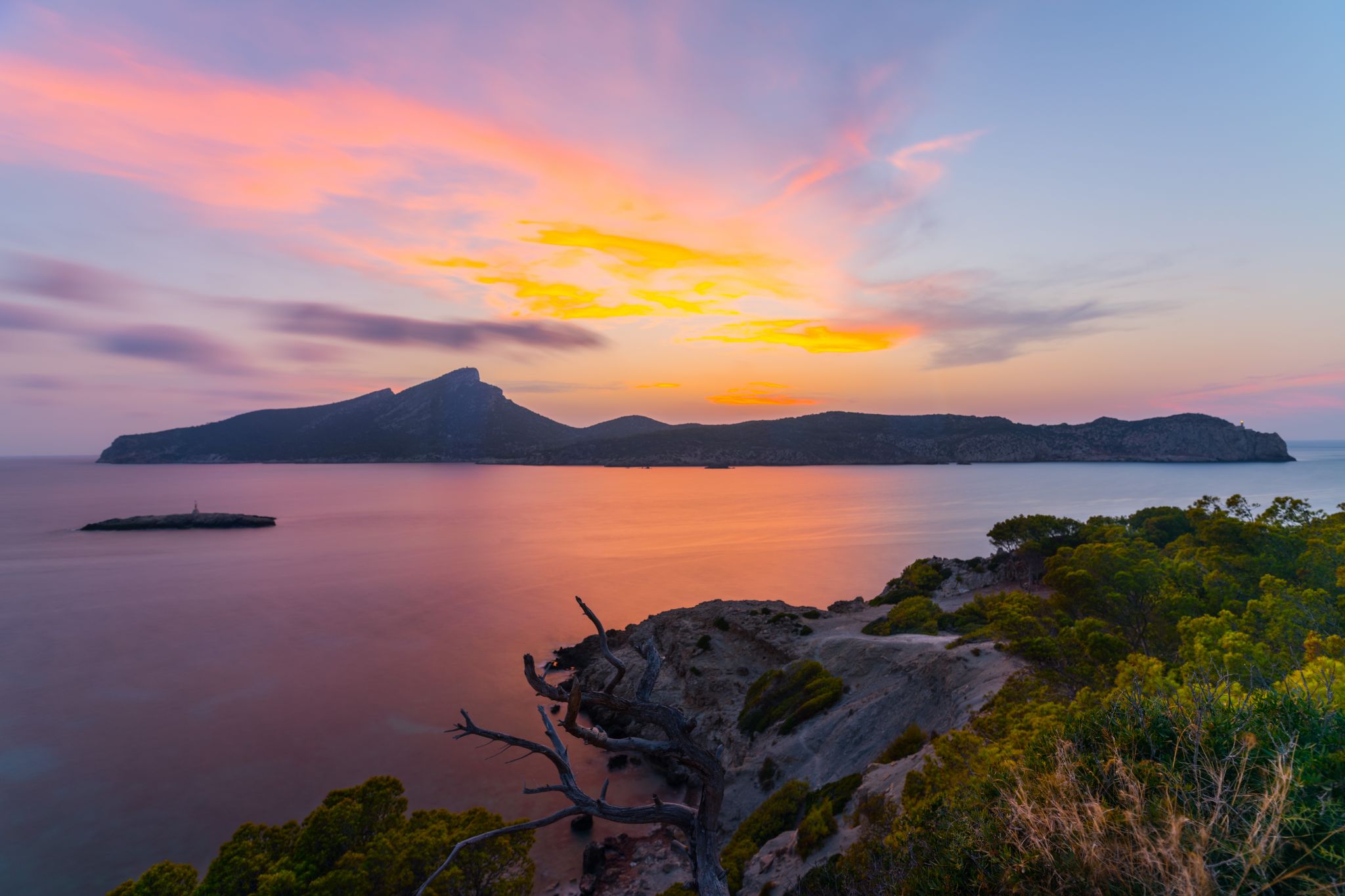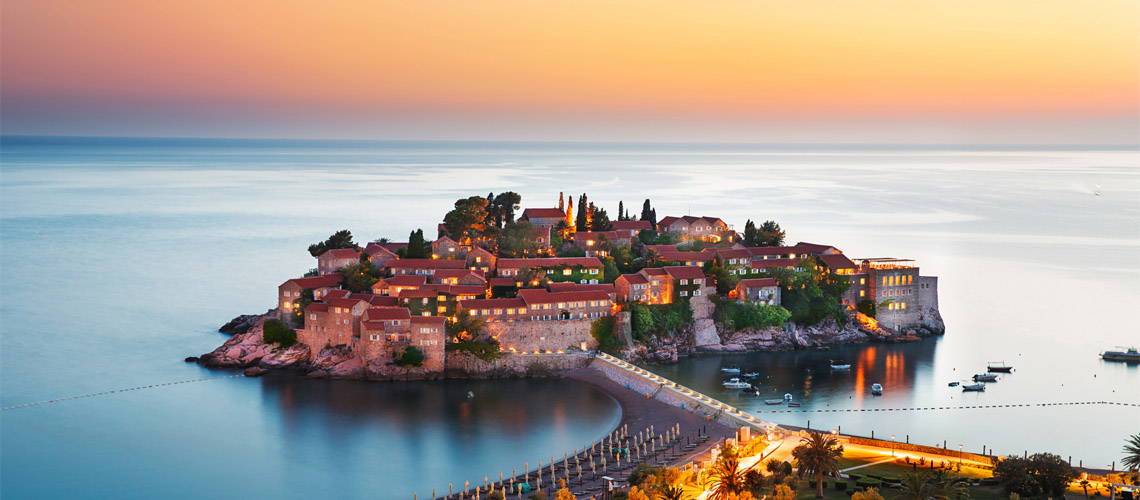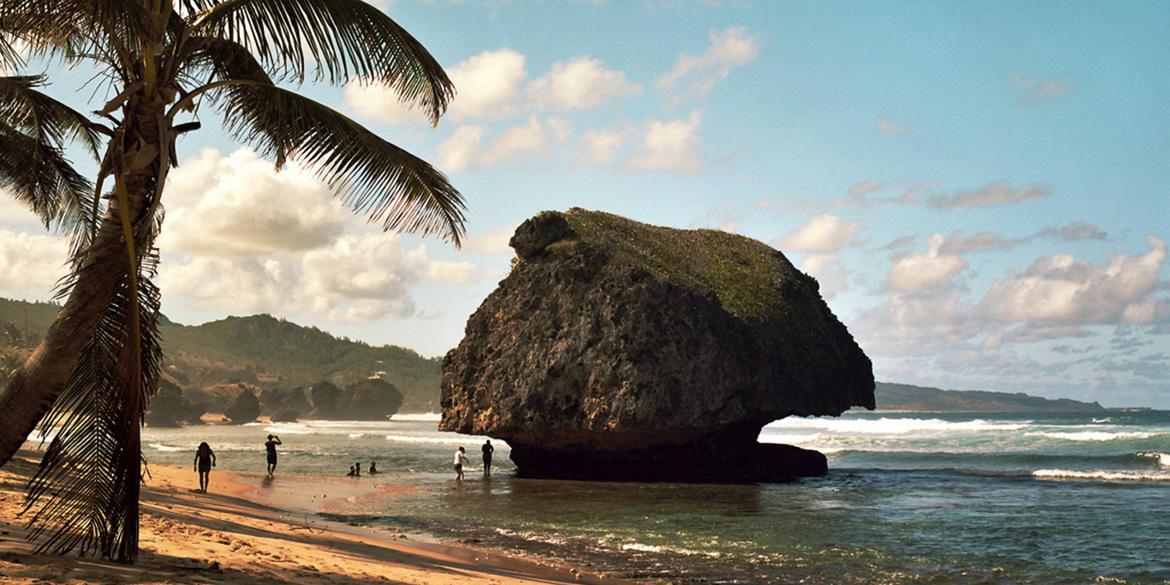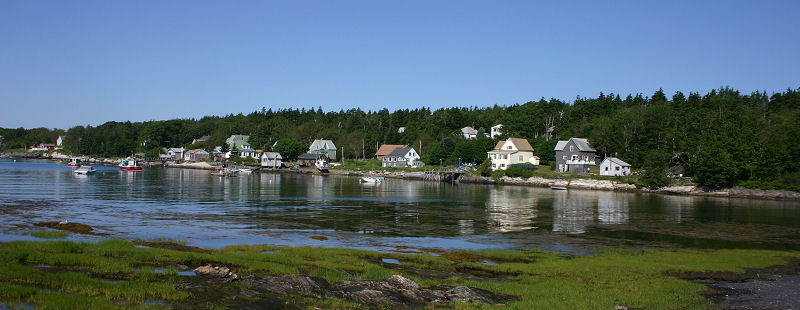The earliest records of Talamone speak of an ancient Etruscan nucleus, Tlamu, which stood near the hill of Talamonaccio. To this period (4th century BC) dates the temple of Talamonaccio, the remains of the foundations of which remain today, as well as the splendid pediment of Talamone representing the myth of the "Seven with Thebes" (work of Aeschylus 467 BC).
In 225 B.C. in Talamone, precisely at Poggio Ospedaletto, a battle was fought between the Romans and the Gauls. The Gauls were composed of an alliance of various peoples, headed by the kings Concolitanus and Aneroestus, and had as their goal to join the Carthaginian troops to march on Rome. The two armies, however, failed to meet as the Romans, commanded by Gaius Atilius Regulus and Lucius Aemilius Papus, annihilated the Gauls at the Battle of Talamone where King Aneroestus and Consul Gaius Atilius Regulus also lost their lives. Talamon is later remembered in reference to the help he gave to Marius, returning from his African exile to organize an army and march against Sulla. Help that Talamone paid dearly, since having failed in Mario’s attempt, Sulla’s own troops turned their ferocity against those who had helped his rival, and Talamone with its inhabitants was completely annihilated in 82 BCE.
For many years thereafter there is no trace of Talamone in historical sources. One has to wait until about the year 1000, when its harbor was purchased by the Abbey of San Salvatore, and it subsequently came under the control of the Aldobrandeschi of Santa Fiora. At this time the fortress was erected to defend the port. In 1303 the Aldobrandeschi granted the Republic of Siena a number of rights over the harbor in exchange for the expansion of the Rocca. From 1356 to 1364 Talamone experienced an ephemeral moment of prosperity; in fact, it became the commercial port of Florence, and under a treaty between Siena and Florence, the republic undertook to make the port available to Florentine merchants, and to take care of the maintenance of the road through Paganico to Siena and Florence, seeing to it that there were hotels and horse changes along the way. Later with the rapprochement between Florence and Pisa, Talamone lost its importance.
On June 3, 1367, Pope Urban V (200th Pope of the Catholic Church) stopped with his ships (23 galleys) at Talamone on his way back to Rome after the Avignon period. The papal see returned to Rome after a full 58 years although it was not the final return, as in 1370 new revolts forced the pope to return to Avignon. The Avignon Captivity did not finally end until 1377.
Between 1410 and 1414 Talamone became the domain of the King of Naples Ladislaus of Durazzo; in 1526 it was conquered by Andrea Doria.
In the history of Talamone we cannot omit to mention Admiral Bartolomeo Peretti (1504-1544). He lived at a time when the Tyrrhenian Sea was infested with Barbary pirates, and played a very prominent role in the defense of Talamone and all of Christendom, going so far as to pursue and defeat the Moors even in their most feared strongholds. He was so hated by his corsair enemies that after his death, during yet another raid on Talamone, Khair ad-din Barbarossa’s men sought his grave and outraged the mortal remains of his body.
In 1548 Pietro Cataneo was commissioned by the Republic of Siena to restore Talamone’s fortifications to resist pirate raids, but in 1557 the territory was ceded by Spain to Cosimo I dei Medici, and Talamone became part of the Presidi state. In 1802 it passed to the constituent Kingdom of Etruria. In 1815, with the Treaty of Vienna, it became part of the Grand Duchy of Tuscany. And in 1860 it was annexed to the Kingdom of Italy. Also in 1860 Garibaldi stopped in Talamone during the Expedition of the Thousand to stock up on water and weapons
